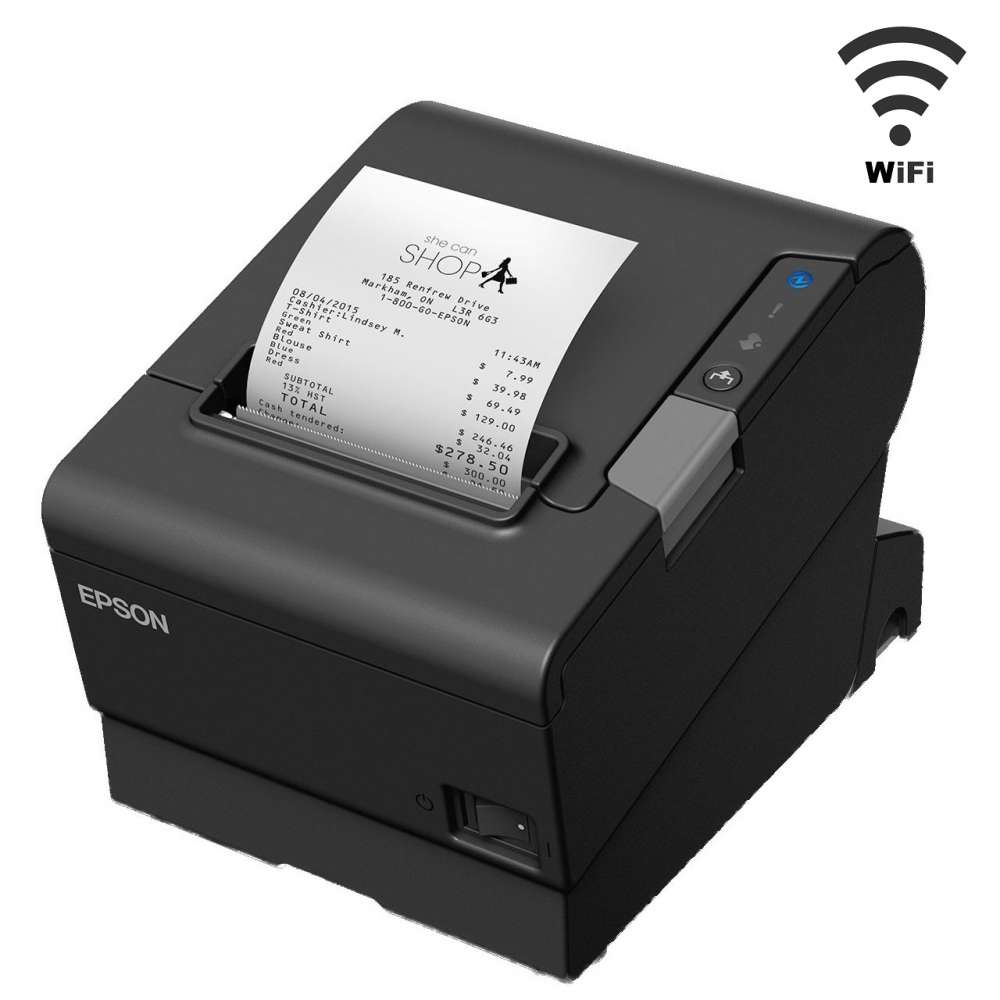Why Receipt Printers Still Matter in a Digital World
In an age where smartphones can handle everything from ordering food to managing bank accounts, it’s easy to assume printed receipts are on their way out. But despite the rise of paperless systems, the receipt printer remains a vital part of how businesses and customers interact—and it’s not going anywhere just yet.
Whether you’re running a café, managing a boutique, hosting a pop-up market, or even coordinating school events, having a reliable way to issue physical proof of a transaction is more than just tradition. It’s about trust, transparency, and functionality.
What Is a Receipt Printer?
A receipt printer is a specialized device designed to quickly and efficiently print transaction records. These printers are commonly used at point-of-sale (POS) stations and rely on thermal printing or impact printing technology.
- Thermal receipt printers use heat to print text and images onto specially coated paper. They’re quiet, fast, and don’t require ink or ribbons.
- Impact printers, on the other hand, use a ribbon and dot matrix system. They’re louder and slower but can print multi-copy receipts (carbon copies), which some businesses still prefer.
While mobile apps and email receipts are gaining traction, physical receipts continue to provide unmatched convenience in many scenarios, especially when speed, proof, or regulatory compliance matters.
Why Receipt Printers Still Matter
1. Tangible Proof of Purchase
There’s still a unique value to receiving something you can hold in your hand, especially after a transaction. A printed receipt acts as immediate, verifiable proof of payment. This is particularly important when:
- The buyer wants to check totals, tax, or itemization right away.
- A return, exchange, or refund is needed.
- The customer lacks access to or trust in digital systems.
Even in tech-savvy societies, not every customer is ready to go fully digital, especially older adults, those with limited data plans, or users concerned about email privacy and spam.
2. Speed and Convenience
Let’s face it: not everyone wants to spell out their email address just to receive a receipt. A receipt printer provides an instant output, avoiding the need for personal data and allowing faster customer turnover. This is particularly helpful in high-volume environments like food trucks, farmers’ markets, or busy service counters.
3. Backup for Digital Failures
Technology is great—until it isn’t. Wi-Fi can drop, servers can lag, and apps can crash. A good old-fashioned printed receipt can save the day during a point-of-sale system hiccup, offering a hard copy to both the vendor and the buyer that a transaction occurred.
In environments where consistency is key (such as hospitals, schools, or government services), receipt printers provide a reliable fallback when connectivity is limited or unavailable.
Use Cases Beyond the Retail Counter
Though retail stores and restaurants are the most obvious users, the utility of receipt printers goes far beyond the checkout lane.
1. Pop-Up Shops and Mobile Vendors
Artisans, food vendors, or traveling entrepreneurs often need compact, battery-powered receipt printers to operate smoothly in temporary or remote locations. A receipt not only verifies the sale—it can include contact info, return policy, or promotional details to encourage future business.
2. Schools and Fundraisers
At school fairs, bake sales, and parent-teacher organization events, receipt printers can help maintain accountability for donations, ticket sales, and purchases. Clear, printed records are especially helpful for managing cash or explaining totals to organizers and parents.
3. Healthcare and Service Providers
Whether it’s for co-payments, appointment confirmations, or prescription pick-ups, physical receipts are often required in healthcare settings. Many patients prefer tangible records, and printed receipts can help them track expenses for insurance or tax purposes.
4. Workshops and Freelancers
Freelancers offering workshops, classes, or on-site services can provide immediate, professional-looking receipts with portable printers. This adds legitimacy and gives clients clear documentation for their payments.
The Dual Life of the Receipt: Record and Marketing Tool
A printed receipt isn’t just a record—it’s also a communication channel. Businesses can use receipts to:
- Display return policies or satisfaction guarantees
- Promote future sales or loyalty programs
- Encourage social media engagement
- Share QR codes linking to websites or digital coupons
This blend of practical and promotional functions makes the receipt printer more than just a transaction tool—it becomes a marketing asset, especially for small businesses seeking to build repeat customers on a budget.
Choosing the Right Receipt Printer
If you’re considering one for your home business, organization, or mobile setup, here are a few things to consider:
- Print Method: Thermal printers are ideal for speed and low maintenance. Impact printers are better if you need multiple copies.
- Connectivity: Choose from USB, Bluetooth, or Wi-Fi depending on your setup. Bluetooth is great for mobility, while USB offers stability.
- Compatibility: Ensure the printer works with your existing POS software or app.
- Size and Portability: If you’re on the go, smaller portable models will suit your needs better than large, stationary ones.
Final Thoughts:
While digital tools continue to reshape how we handle information, physical documents—especially receipts—still hold a strong, practical place in modern life. The MUNBYN receipt printer serves as a bridge between the digital and tangible, offering security, clarity, and versatility across a wide range of settings.
From improving customer service to enhancing accountability at grassroots events, receipt printers are far from obsolete. Their role in creating smooth, trustworthy interactions is more relevant than ever. As we continue to blend the convenience of tech with the reliability of print, the humble receipt has proven that sometimes, the simplest solutions do stick.
Read More: Grip, Protection, and Control: Why the Right Motorcycle Gloves Matter More Than You Think

